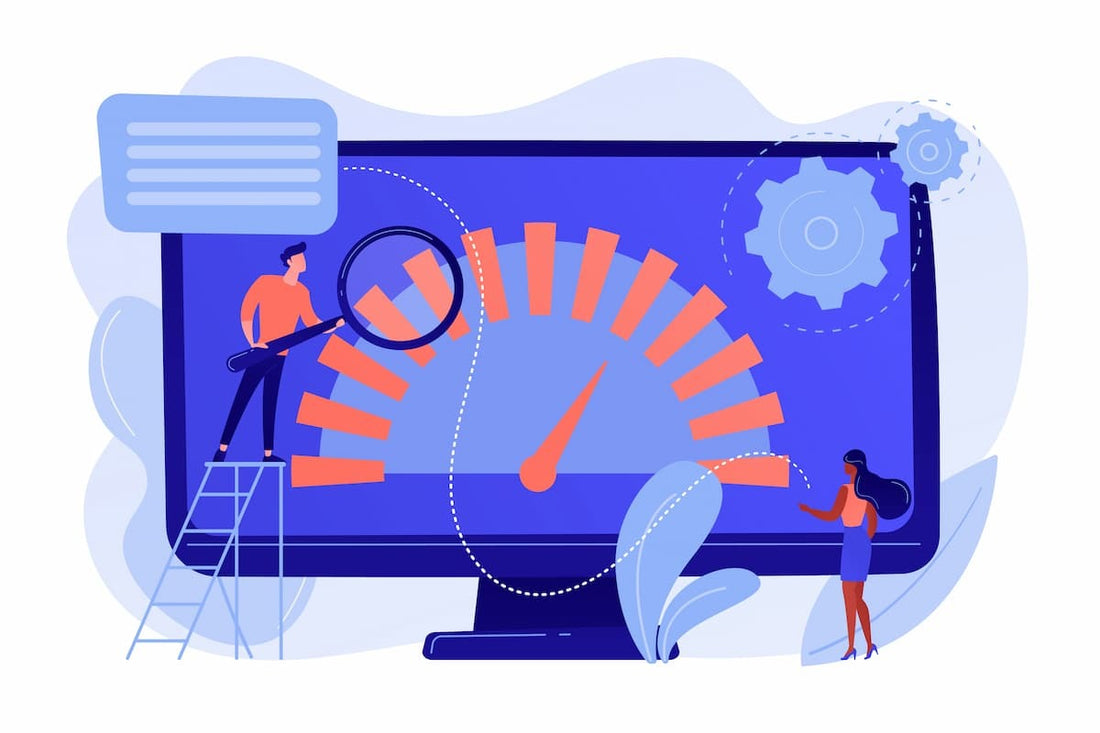
10 Proven Page Speed Optimization Techniques to Improve Load Times
Share
In today’s online world, people expect websites to load fast. If a page takes more than a few seconds to open, most visitors leave and never come back. That’s why Page Speed Optimization is one of the most important things for any website in 2025.
A faster website improves user experience, helps with Google rankings, and boosts your business. At Markloops, we believe that even small speed improvements can make a big difference in performance.
Here are 10 proven Page Speed Optimization techniques you can use to make your website load faster and perform better.
1. Compress and Optimize Your Images
Images look great, but they can slow down your website if they’re too large. Compressing and resizing them is one of the easiest ways to speed up your site.
Use free tools like TinyPNG, ImageOptim, or Squoosh to reduce image size without losing quality. Also, switch to modern image formats like WebP, which load faster than JPEG or PNG.
2. Use Browser Caching
Browser caching saves parts of your site—like images, CSS, and JavaScript—on a visitor’s device. When they come back, your website loads faster because it doesn’t need to download everything again.
If you’re using WordPress, plugins like WP Rocket or W3 Total Cache make caching simple and effective. Caching is one of the most powerful Page Speed Optimization methods for improving repeat visits.
3. Minify Your Code
Your website’s code often contains spaces, comments, and extra lines that make files heavier. By minifying your HTML, CSS, and JavaScript, you remove all unnecessary data.
Tools like CSSNano, UglifyJS, or built-in minify options in caching plugins can help. Minifying your code reduces file sizes and helps your site load faster.
4. Use a Content Delivery Network (CDN)
A Content Delivery Network stores your website’s data on servers around the world. When a user visits your site, the CDN loads files from the server closest to them.
This reduces load time and improves global performance. Services like Cloudflare, Akamai, and Amazon CloudFront are popular and easy to set up. At Markloops, we always recommend using a CDN for high-traffic websites.
5. Turn On Gzip or Brotli Compression
Compression is like zipping your website files before sending them to the user. It makes the data smaller and faster to load.
Enable Gzip or Brotli compression through your server or plugin. Most web hosts support it, and it can cut file sizes by up to 70%. This simple step can have a big impact on your Page Speed Optimization results.
6. Improve Your Server Speed
Even the best optimizations won’t help much if your server is slow. Choose a hosting provider that offers good performance and fast response times.
If you’re on shared hosting, consider upgrading to a VPS or dedicated hosting plan. Faster hosting ensures your pages load quickly, even during busy hours.
7. Use Lazy Loading for Images and Videos
Lazy loading helps your site load only the images or videos that appear on a visitor’s screen. The rest load as the person scrolls down.
This reduces initial load time and saves bandwidth. Add lazy loading using the HTML attribute loading="lazy" or use a plugin like a3 Lazy Load for WordPress sites.
8. Clean and Optimize Your Database
Over time, your website’s database can get filled with junk—old drafts, spam comments, and plugin data. Cleaning it regularly keeps your site light and fast.
Use tools like WP-Optimize or Advanced Database Cleaner to remove unnecessary data. A clean database makes your website more responsive and stable.
9. Combine Page Speed Optimization with Responsive Design
On our blog, Why Responsive Web Design is Imperative for Companies in 2025, explain how a mobile-friendly design is essential for businesses today. That idea perfectly connects with Page Speed Optimization.
A responsive website adapts to different screen sizes, but it must also be fast on all devices. Together, responsive design and speed optimization create a smooth experience for users, no matter what device they use.
At Markloops, we recommend testing your site on both desktop and mobile to ensure it loads fast everywhere.
10. Test Your Website Speed Regularly
Optimizing page speed isn’t a one-time job. You should test your website often to make sure it stays fast.
Use tools like Google PageSpeed Insights, GTmetrix, or Pingdom to track your performance. These tools not only give you a score but also show what you can fix.
Regular testing keeps your site in top shape and ensures users always have a great experience.
Final Thoughts
A fast website builds trust, keeps visitors engaged, and improves your SEO. By using these 10 proven Page Speed Optimization techniques, you can make your site faster, smoother, and more reliable.
At Markloops, we always remind clients that every second counts online. Even small speed improvements can lead to big gains in traffic, sales, and user satisfaction.

